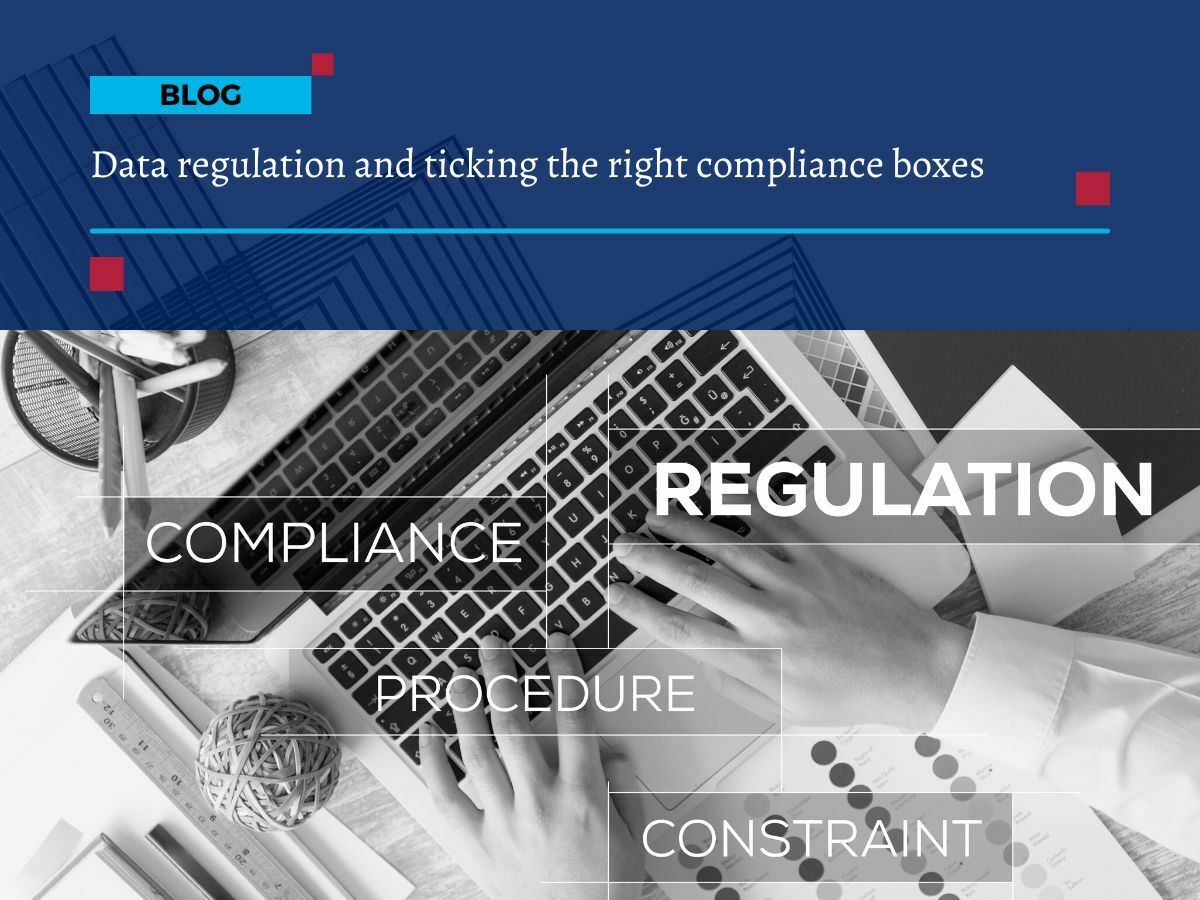
Bringing your cashflow processes into the digital age
Bringing your cashflow processes into the digital age
Keeping on top of your cashflow is even more important during tough economic times.
Over the last few years we've experienced the global pandemic, natural disasters and economic downturn. And businesses are seeing the impact of that now with cash flow becoming tighter and tighter.
Why is cashflow so important?
To keep your business operating, you need enough money coming into the business to cover your outgoings – with enough surplus cash to deliver a profit.
When economies downturn, this can have a significant impact on your income.
People will have less disposable income to spend on your products and services. Business customers will be looking to reign in their spending on suppliers. As a net result, your business is likely to make fewer sales and will bring in smaller revenues.
This means:
- Reduced income coming into the business
- Less cash in the business to cover your operational expenses
- Not enough money in the bank to pay suppliers, utility providers or payroll costs
- In the worst-case scenario, insufficient cashflow for you to continue trading.
So, what can be done to help improve cashflow?
What can you do to improve your cashflow situation?
For a start, cloud technology and fintech apps can give your business the best possible control over its cash.
Plus, the more informed you are about your cash position, the more you can do to prepare for any cashflow gaps. It’s this foresight that can make all the difference when you’re battling against tough external economic forces and a downturn in sales.
If you want to safeguard your cashflow, these are some sensible steps to take:
Switch to cloud accounting
Accounting and finance technology has moved on in leaps and bounds in the past decade. The latest crop of cloud accounting platforms all offer a detailed reporting of your cash position. These software tools will generally offer real-time data, giving you up to date cash numbers.
Integrate with cashflow forecasting apps
Cloud accounting platforms let you add third party apps to create a custom app stack of helpful business tools. There are plenty of cashflow forecasting apps to choose from, giving you the ability to predict your future cashflow position.
Plan ahead for the cashflow gaps
When your forecast shows a shortfall of cash coming up, that’s the time to take evasive action. If you can see that there’s a cash hole approaching next month, it’s time to look at ways of raising extra finance to fill that hole. That could mean extending your bank overdraft, taking out a small business loan or taking out an invoice finance facility with a lender.
Look for opportunities to cut your overheads
One way to even up your cashflow is to cut down on your expenditure. If you can cut back on overheads, expenses and unnecessary costs, this can help you re-balance your cash position, even when cashflow is getting tight. Look for cheaper suppliers, buy in smaller quantities and take every opportunity to cut costs and keep your spending more sensible.
Update your prices and your sales strategy
Raising your prices is one way to bring in more cash, with the same volume of sales. But it's a balancing act. Putting your prices up can alienate existing customers and could see you losing customers, but if you can find the sweet spot for your pricing AND also drum up more sales, you can quickly increase revenue and give your cash inflows a healthy boost.
Review your cashflow reports regularly
It’s important to look at your cashflow numbers and reporting regularly, not just at period-end. This is particularly important when economic times are tough. With the most current cash information to hand, you can make informed business decisions and aim to keep the business operational.
Talk to us about updating your cashflow processes
With your business in a healthy cashflow position, you give yourself some solid financial foundations for riding out the global recession. No business is invulnerable in these conditions, but with liquid cash in the business, you have more flexibility and more capital to play with.
Book a meeting and let’s see how we can improve your cashflow processes.








